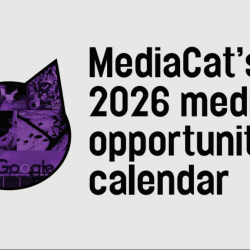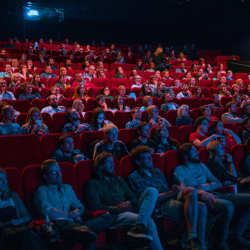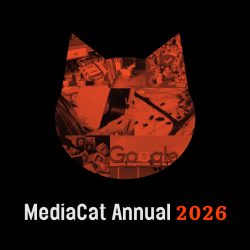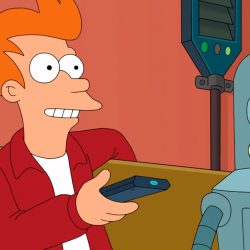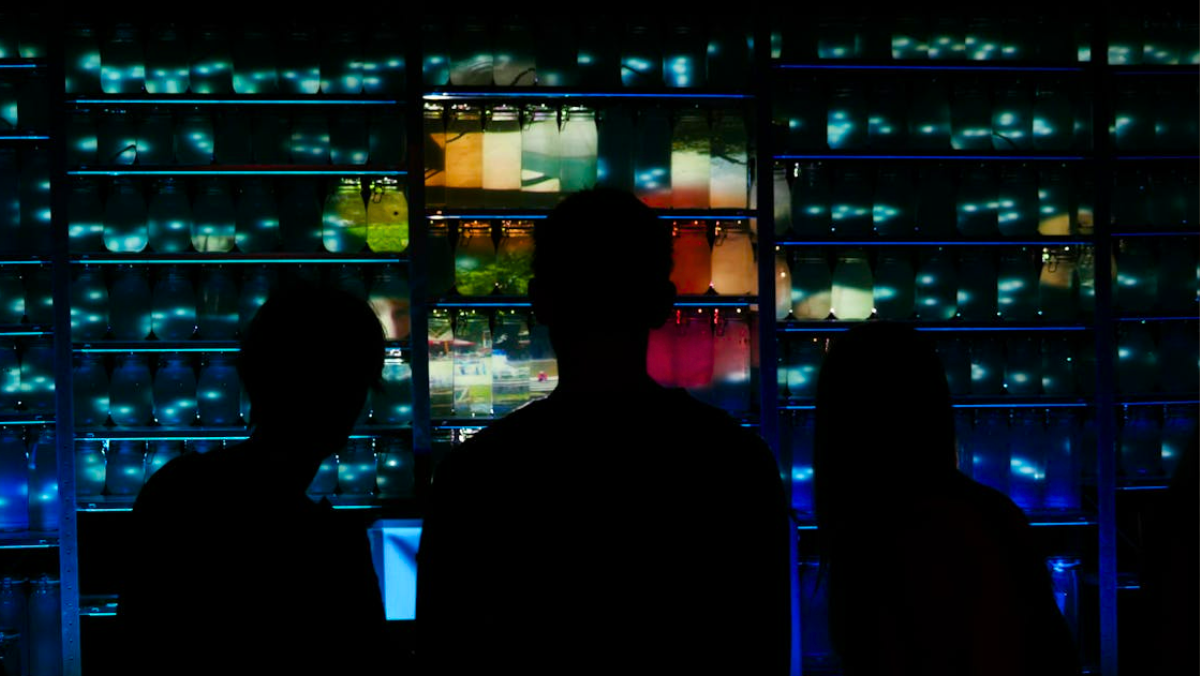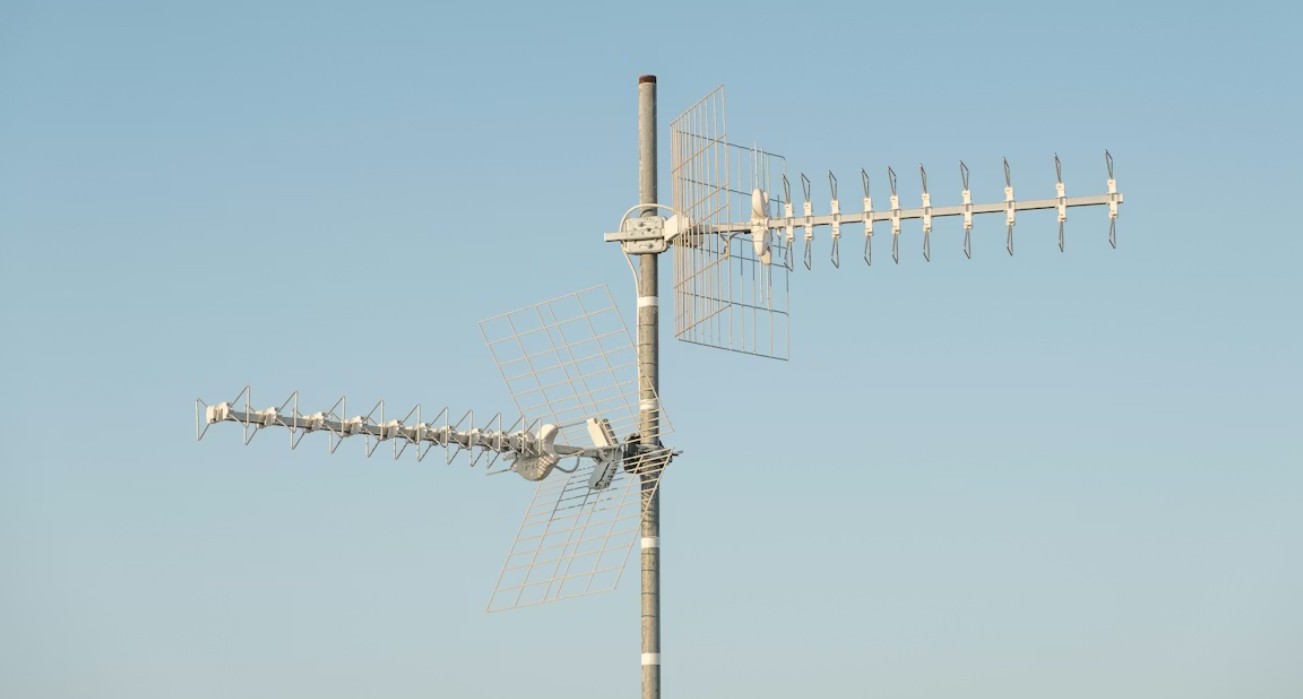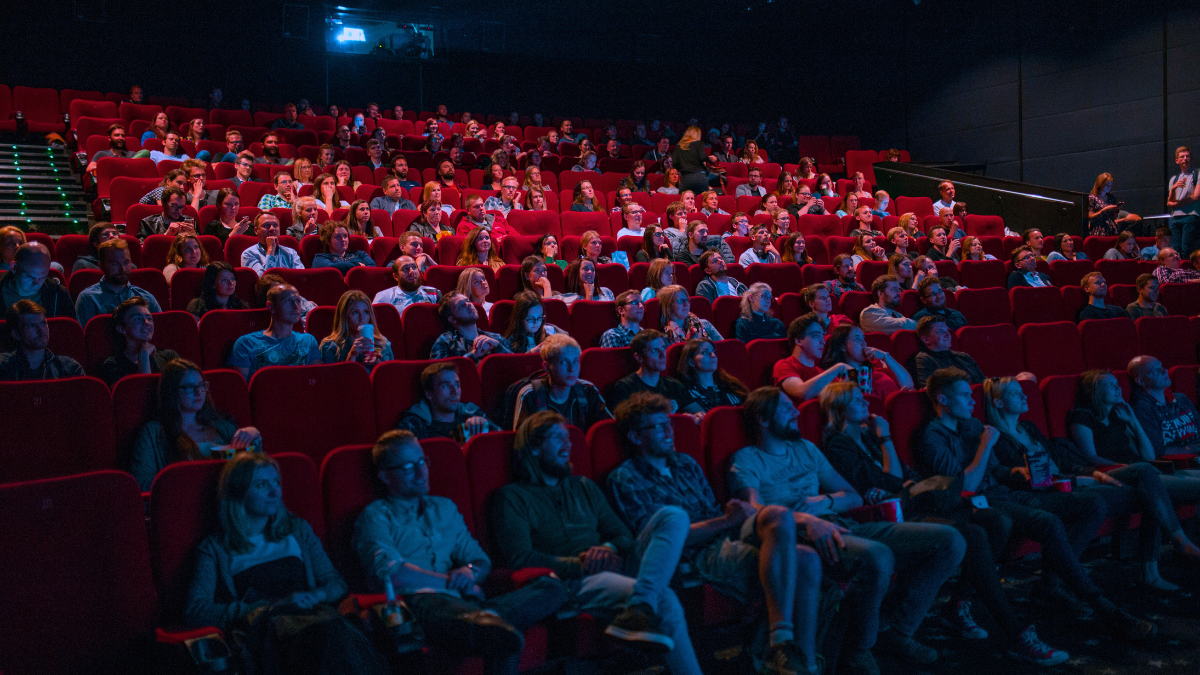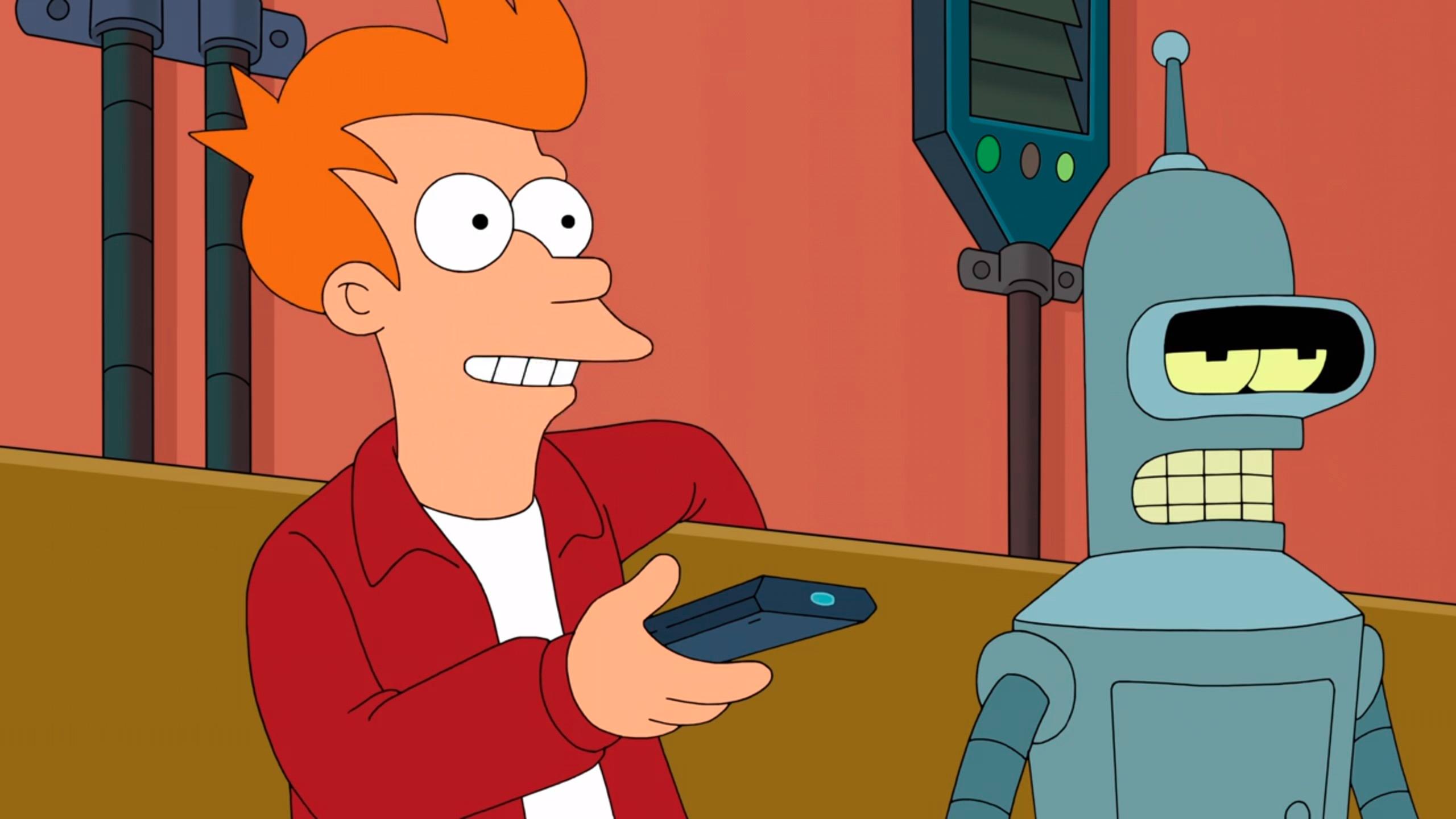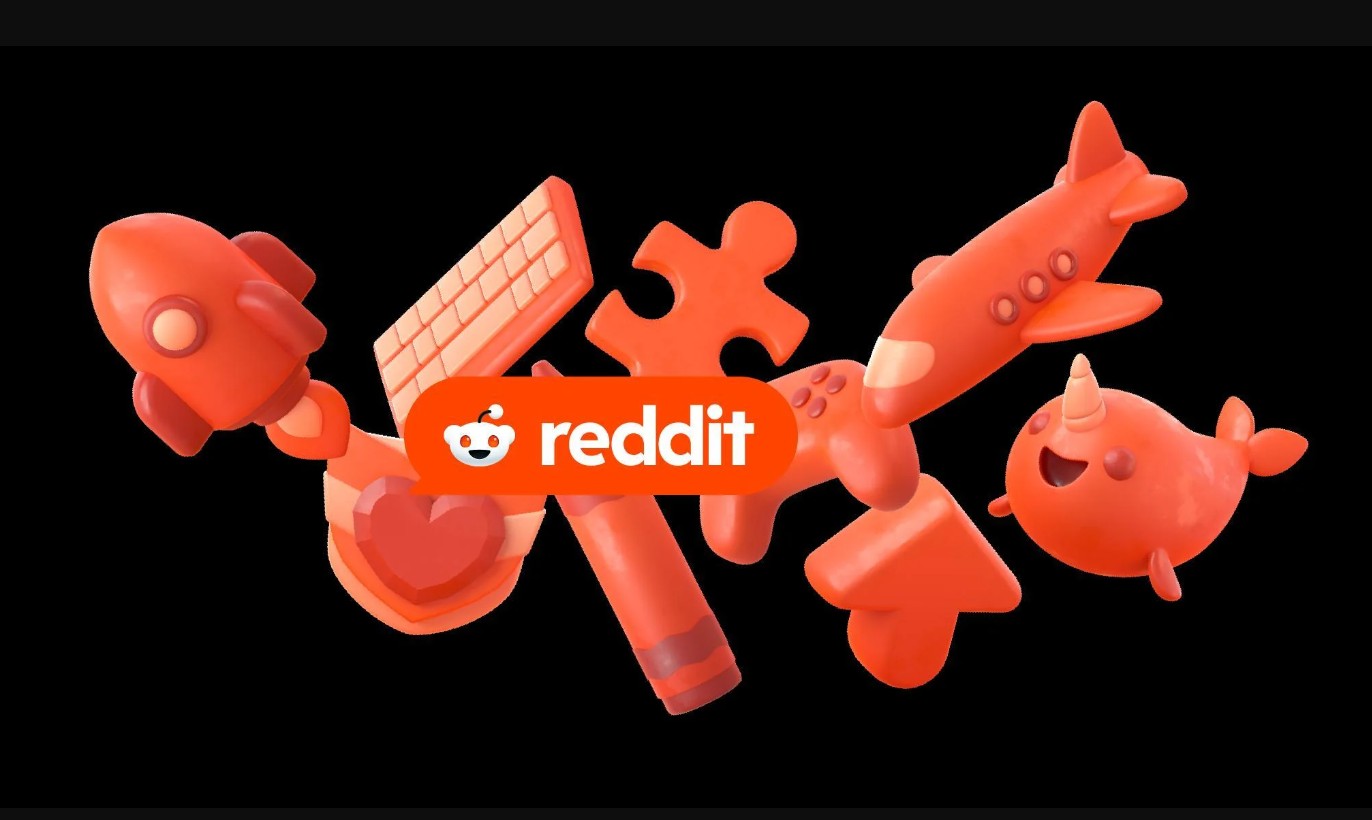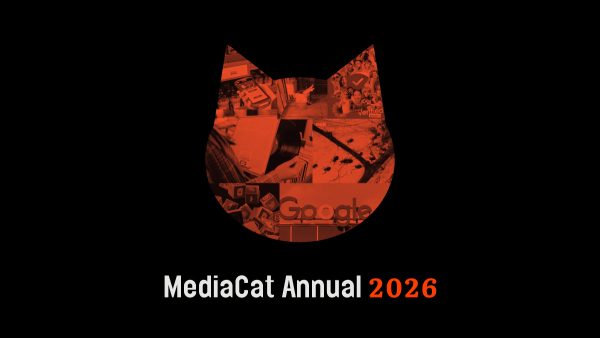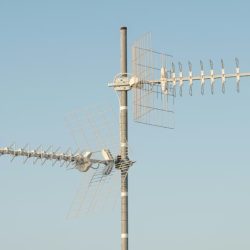In a world-first, Barb now reports TV-set viewing figures for 200 of YouTube’s most-watched channels.
The same panel-based methodology used for broadcasters will now track the weekly reach, share of TV-set viewing, minutes watched and viewer demographics of the platform’s most popular content. It’s official: YouTube is on the grid.
According to Ofcom, YouTube is the UK’s second-most watched home service on TV, just behind the BBC and ahead of ITV. It’s the first stop for young viewers, and older audiences are catching up, too, with over-55s viewership doubling in the past two years.
For planners, the appeal of TV equivalence has never been stronger. It simplifies media buying, enables cross-media comparisons and now comes with the TV-grade measurements to match.
But those metrics reflect legacy standards adapting to YouTube’s dominance. Barb has moved closer to the platform; the platform has moved away.
Barb’s slice of YouTube says less about the platform itself than it does about what the industry needs it to be: selectable, sellable and screen-safe. That designation invites TV-level trust without demanding TV-level scrutiny: of how content is surfaced, sequenced or held to account.
In chasing cross-media parity, are we lowering the bar for the quality and role of television — and avoiding interrogating what YouTube actually is?
The long and the YouTube Shorts of it
Barb’s methodology uses audio-matching ACR (automated content recognition) to track when sample channels are viewed on TV sets. This excludes content that can’t be identified through sound alone: livestreams, karaoke and crucially, Shorts.
Shorts now account for a major share of both YouTube’s daily traffic and its most elastic definitions. Since March, simply swiping past a Shorts preview tile qualifies as a view.
These are unpaid, fleeting interactions, but they still feed the topline number. And when that number — 200 billion Shorts views per day, according to CEO Neal Mohan — gets quoted without context on the Cannes Lion stage, it flattens every surface into one metric.
Analyst Ian Whittaker likens the strategy to currency devaluation. ‘If we equate a TV currency audience with the US dollar,’ he writes, ‘YouTube’s recent moves shift it more to being like the 1923 Reichsmark.’
For Whittaker, the issue is definitional. What counts as a view? If that can’t be standardised, equivalence becomes a story that YouTube gets to tell, rather than a value it has to prove.
Head of YouTube New Zealand, Reuben Halper, countered that Shorts metrics don’t affect ads. Paid views still meet Media Rating Council thresholds, and buyers know the difference. He describes YouTube as a ‘Swiss army knife’: premium TV, vertical feed or performance engine, depending on how it’s used.
That versatility may suit YouTube’s pitch, but it complicates its value. When every format is an option, the only consistent metric is the one YouTube sets and updates on its own terms. The result is scale without scrutiny and in that context, YouTube’s exit from Barb isn’t retreat: it’s control.
We can track it like television, buy it like television and report it like television — yet the logic remains platform-first, not public-first. Measurement parity, yes. Editorial equivalence? Not quite.
Unmeasurable, or uncurated?
Many YouTube shows now look like TV. Hot Ones has a host, a set, a running time, even a format. But these are TV-like artefacts reverse-engineered from monetisation logic, not mission-led commissioning.
Television, even in its commercial forms, is sequenced. It moves through time, across genres and between audiences with a kind of implicit editorial contract: this show leads into that one, this hour carries a tone.
Its power lies in its gatekeeping function. Even the most commercial broadcaster exercises editorial judgment about what gets made, when it airs and who should watch it. This creates accountability: commissioners can be fired, schedules can be criticised, cultural impact can be measured.
YouTube offers none of that. It’s architected for ultimate stickiness over cultural intent. There’s no lead-in, no watershed, no context: only an endlessly personalised now.
That logic was made explicit in July when YouTube scrapped its own ‘Trending’ tab, one of the few remaining signals of collective attention. The homepage, driven by personalised, algorithmic modelling, had already made it obsolete.
And while the platform’s top creators increasingly mimic traditional formats — long-form interviews, game shows, serialised content — this algorithm serves them up without the commissioning logic that gives TV meaning.
And despite YouTube’s surge on TV screens, Ofcom’s findings reveal that the majority of in-home viewing (56%) still belongs to broadcast TV. Audiences, it seems, still have an appetite for what television uniquely provides.
People have always preferred watching video content on the biggest available screen. What’s changed is that unregulated, algorithmically-driven content now occupies the same physical space as editorially-commissioned programming.
Adjacency is the acid test
YouTube’s entire model depends on avoiding television’s core responsibility: accountability for what it distributes.
That difference is now playing out at policy level. In July, Ofcom called for public service broadcaster content to be made ‘prominent and discoverable‘ on platforms like YouTube, especially in news and children’s programming. Only 20% of YouTube content viewed in the UK is British-made. This system won’t self-correct, because it profits from shirking the obligations that make adjacency meaningful.
When scale becomes our only standard, we lose what made television worth measuring. The editorial infrastructure that turns reach into cultural relevance, commissioning logic that gives advertising context. We’re not comparing like with like: we’re watching one medium’s logic cannibalise another’s.
If planners are being asked to treat YouTube as television, they should also ask: who’s curating the experience? Who’s responsible for what comes next? What exactly are we calling adjacency if no one’s arranging what sits beside the ad?
Featured image: Clicker Happy / Pexels


